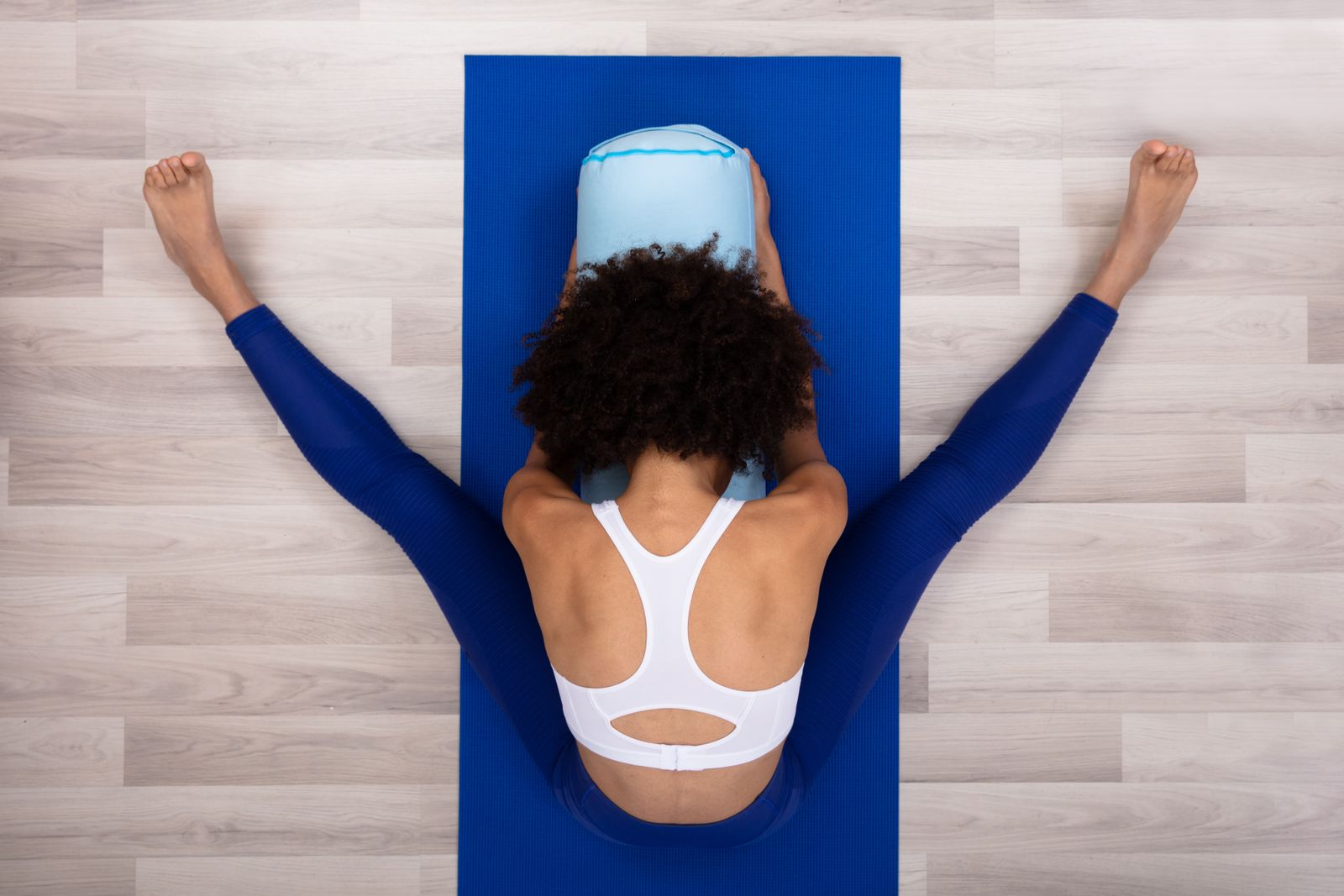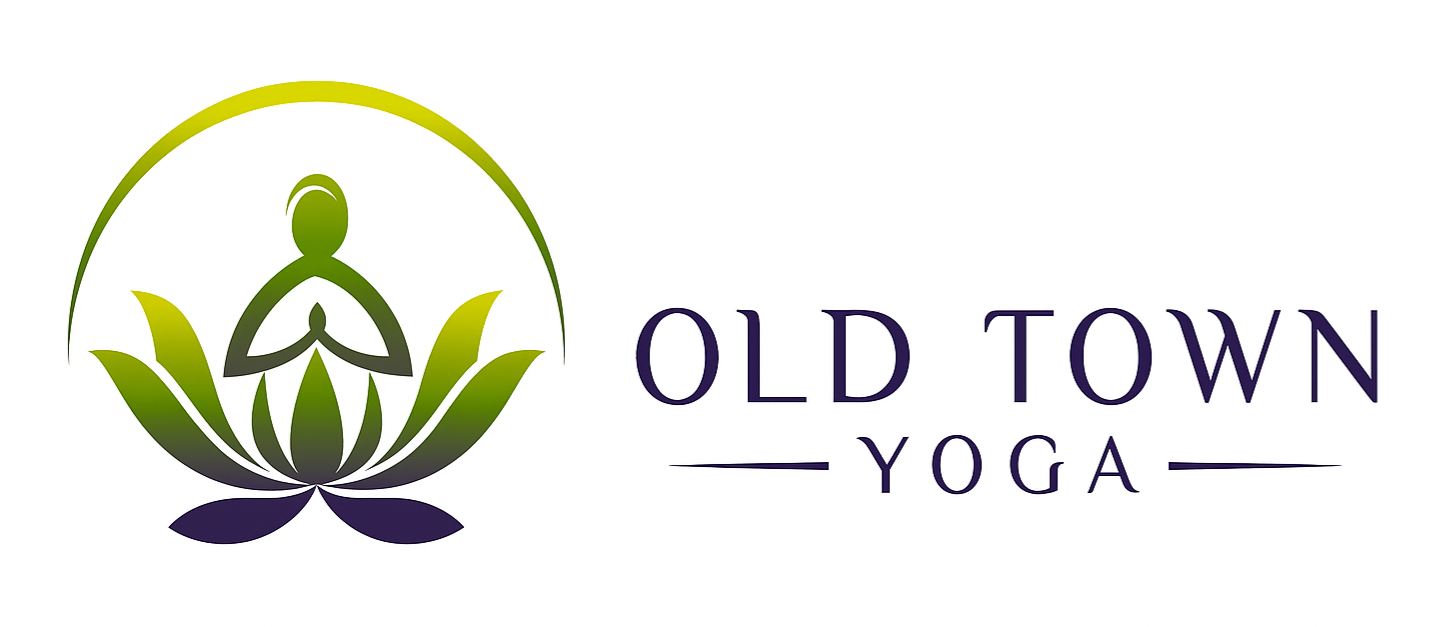Yin yoga is a relatively new style of yoga that has gained popularity in recent years. Unlike more dynamic styles of yoga, yin yoga emphasizes slow, passive stretching and poses that are held for longer periods of time. In this article, we'll explore the history and practice of yin yoga, and what makes it unique among other styles of yoga.
Yin Yoga: History & Practice

History of Yin Yoga
Yin yoga was developed in the late 1970s by Paulie Zink, a martial artist and yoga teacher. Zink combined his knowledge of Taoist yoga and qigong with his expertise in martial arts to create a new style of yoga that emphasized holding poses for longer periods of time. Zink believed that by holding poses for longer, students could access deeper layers of connective tissue and stimulate the flow of qi, or life force, throughout the body.
Yin yoga gained wider recognition in the 1990s when Paul Grilley, a student of Zink's, began teaching and writing about the practice. Grilley developed his own approach to yin yoga, drawing on the principles of Taoism, the meridian system of traditional Chinese medicine, and modern anatomy and physiology. His approach became known as "insight yoga," and it has been taught to thousands of students around the world.
What is Yin Yoga?
Yin yoga is a slow, meditative style of yoga that emphasizes long-held poses and deep stretches. Unlike more dynamic styles of yoga, which often focus on building strength and flexibility, yin yoga is focused on releasing tension and opening up the body's connective tissues, including fascia, ligaments, and tendons.
In a typical yin yoga class, students will hold each pose for anywhere from 1 to 10 minutes, depending on the pose and the individual's level of flexibility. The poses are usually seated or lying down, and they are designed to stretch the body in specific ways that target the hips, lower back, and other areas where tension tends to accumulate.
Yin yoga is often described as a "quiet" practice, as students are encouraged to focus on their breath and the sensations in their body. This meditative aspect of the practice can be challenging for some students, especially those who are used to more vigorous styles of yoga. However, many practitioners find that yin yoga is a powerful tool for reducing stress and increasing mindfulness.
Benefits of Yin Yoga
Yin yoga has a number of potential benefits for both the body and the mind. Here are just a few of the ways that a regular yin yoga practice can support your health and well-being:
Increased flexibility: By holding poses for longer periods of time, yin yoga can help to increase flexibility and range of motion in the body.
Reduced stress and anxiety: The meditative aspect of yin yoga can help to reduce stress and anxiety by promoting mindfulness and relaxation.
Improved joint health: Yin yoga can help to improve joint health by increasing circulation and stimulating the production of synovial fluid, which lubricates the joints.
Deeper relaxation: The slow, passive nature of yin yoga can help to promote deep relaxation and improve the quality of sleep.
Enhanced mindfulness: Yin yoga can help to cultivate mindfulness by encouraging students to focus on their breath and the present moment.
Yin yoga is a unique and powerful style of yoga that emphasizes slow, passive stretching and deep relaxation. With roots in Taoist yoga and modern anatomy and physiology, yin yoga offers a range of potential benefits for both the body and the mind. Whether you're looking to increase flexibility, reduce stress, or cultivate mindfulness, yin yoga is a practice that is well worth exploring.
